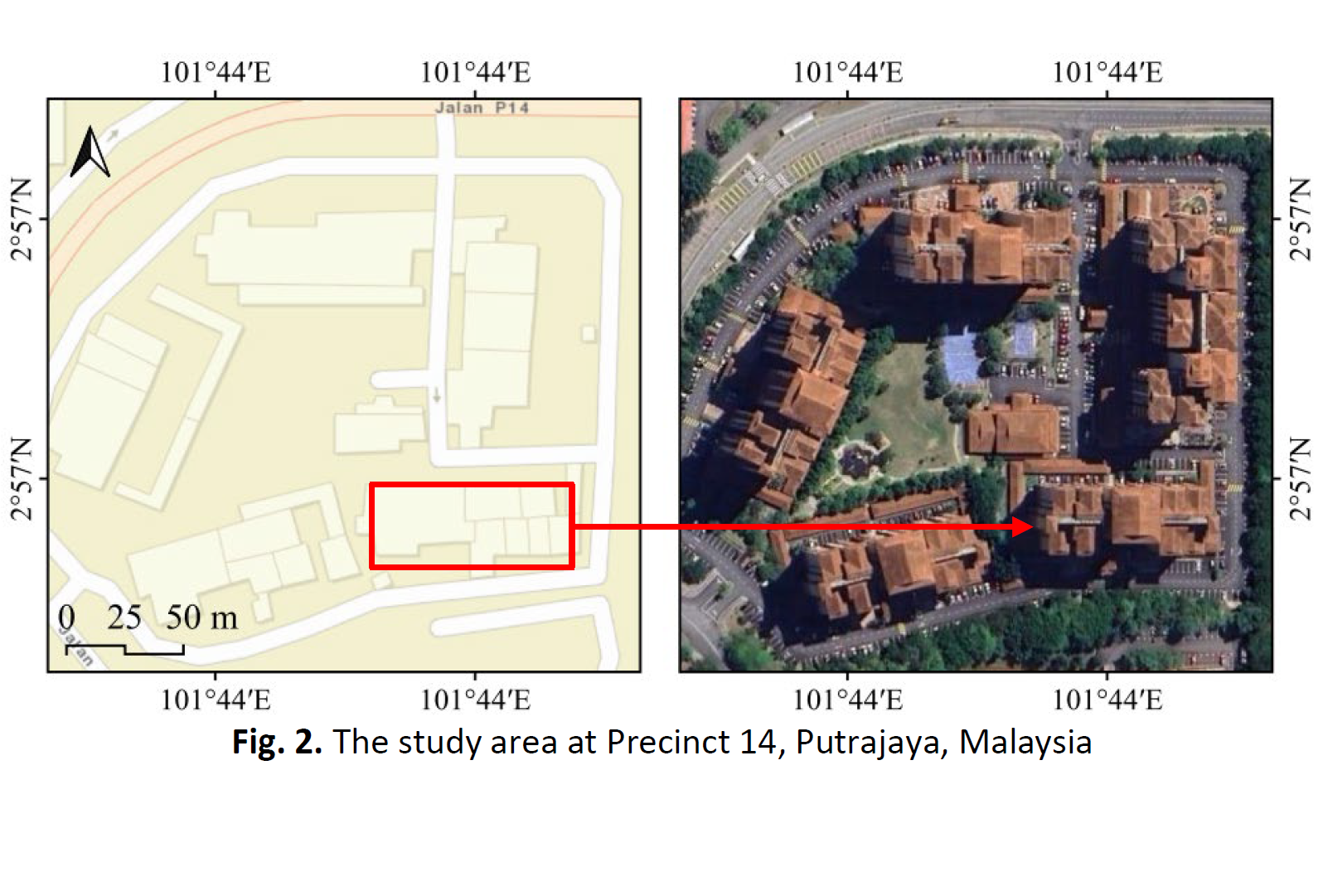Computational Fluid Dynamics Analysis to Evaluate Effect of Furniture on Thermal Comfort in Residential House in Tropical Area
DOI:
https://doi.org/10.37934/sijcse.5.1.3443Keywords:
Thermal comfort, computational fluid dynamic, residential house, wooden furniture, tropical areaAbstract
The energy consumption in a residential house is typically influenced by factors such as the household size, as indicated by the number of family members, and the financial resources available to the household, as indicated by the household income. In Malaysia, the domestic sector accounts for 82% of the total electricity customers, 10.08 million people. This study presented a computational fluid dynamic (CFD) of three different scenarios involving the positioning of wooden furniture indoors to examine their impact on wind circulation and thermal comfort. The temperature and wind velocity data were obtained from the average historical meteorological data for the Putrajaya region. The CFD analysis was performed under varying environmental conditions, including wind velocities and ambient temperatures, during daytime and nighttime. The study concluded that the impact of the furnishings during daylight hours was negligible. The room was bare of furniture during the nighttime period, and the room with fewer furnishings in Scenario 1 and Scenario 2 exhibited a more rapid decline in temperature than the room with densely arranged furniture. There is an observed increase in the predicted mean vote (PMV) ranging from +1.0 to +1.2 during nighttime compared to PMV values recorded during daytime. Wooden furniture can play a role in moderating indoor temperatures and offering a degree of insulation against outdoor temperature variations.









